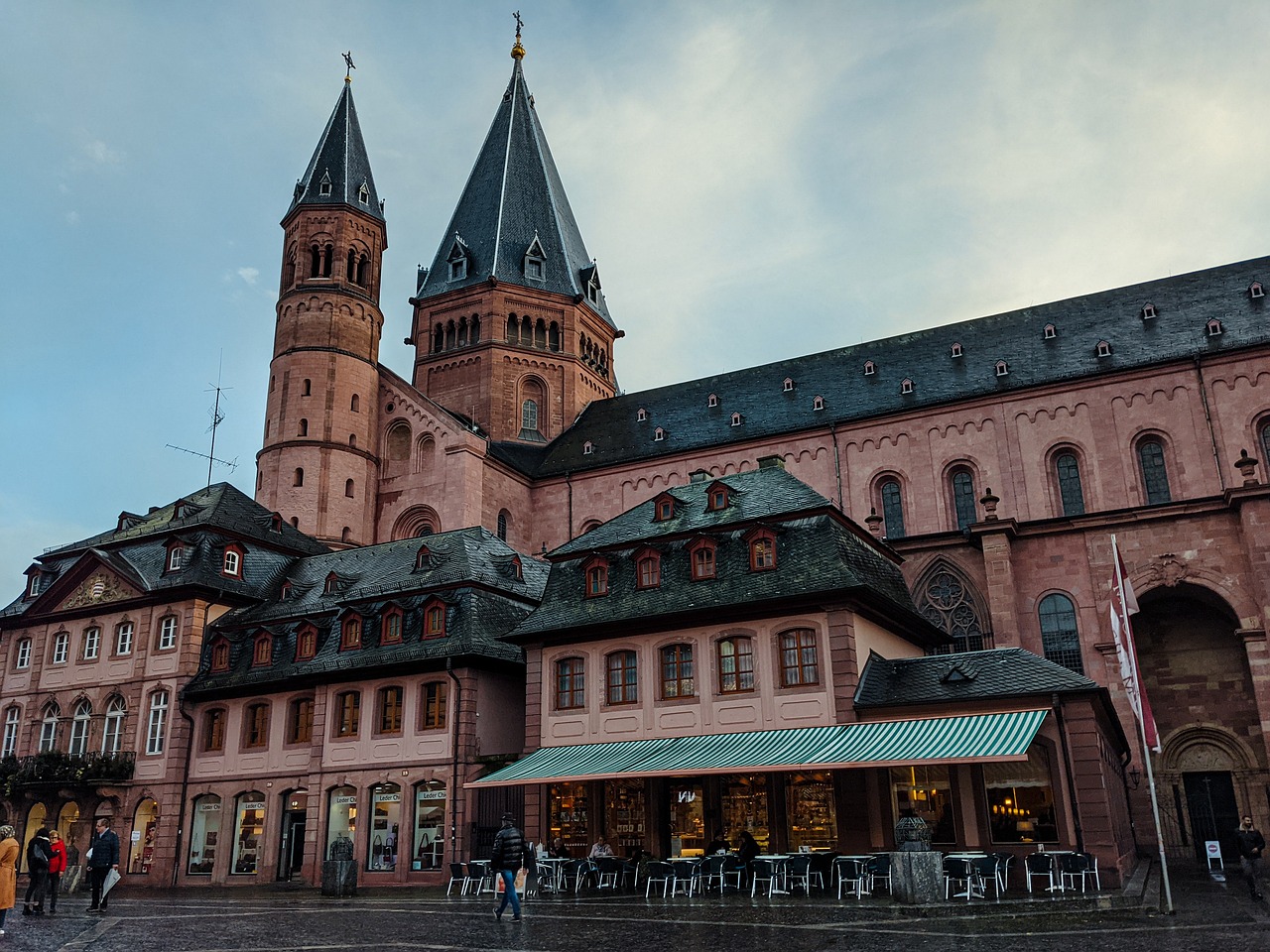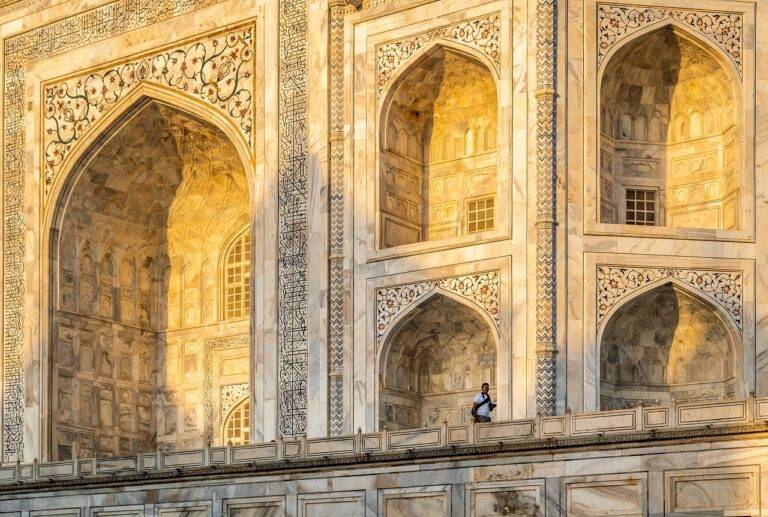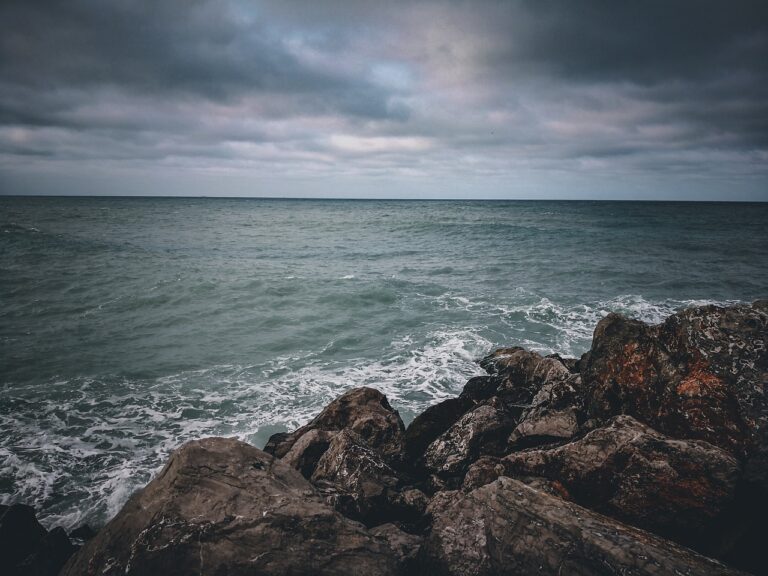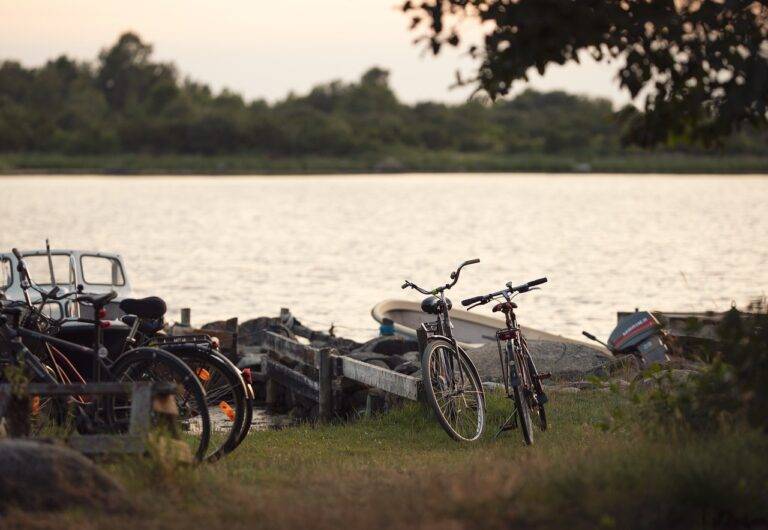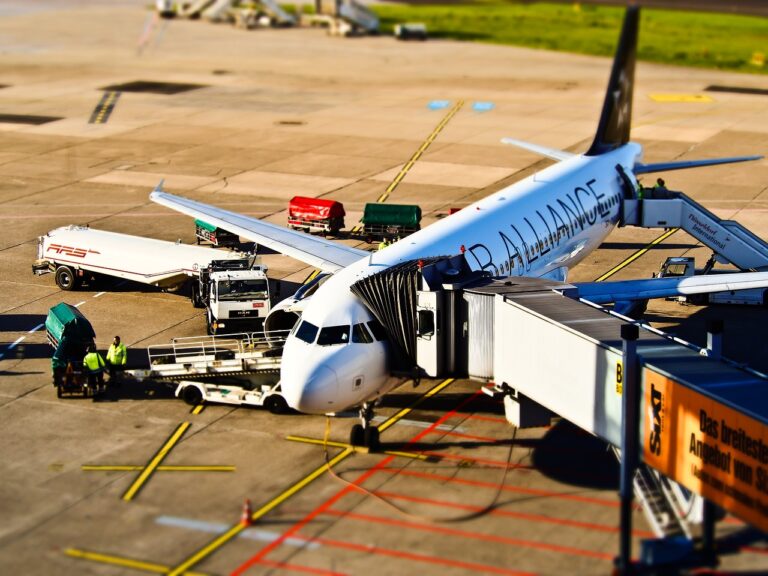Travel Photography: Capturing Moments and Memories Around the Globe
In a fast-paced world where moments come and go in the blink of an eye, photography serves as a powerful tool to freeze those fleeting memories in time. The ability to capture a moment with a simple click of a button allows us to preserve emotions, events, and experiences in a tangible form that we can revisit and cherish for years to come. Whether it’s a candid family gathering, a picturesque landscape, or a special milestone, photography helps us relive those significant moments and share them with others.
Moreover, photography not only acts as a means of personal remembrance but also as a universal language that transcends barriers of culture, language, and time. Through photographs, we can connect with people on a deeper level, evoke emotions, and convey compelling stories without uttering a single word. Images have the power to stir nostalgia, spark joy, and inspire others, making photography an essential tool for capturing the essence of life’s journey.
Choosing the Right Camera for Travel Photography
When choosing a camera for travel photography, there are several key factors to consider. First and foremost, portability is crucial. Opt for a lightweight and compact camera that won’t weigh you down as you explore new destinations. Additionally, durability is essential, as travel can sometimes be rough on equipment. Look for a camera that can withstand varying weather conditions and potential bumps and knocks.
Another important aspect to keep in mind is the camera’s versatility. Consider a camera that offers a good balance between manual control for creative shots and automatic settings for quick and easy use on-the-go. A camera with a variety of lenses to choose from can also enhance your photographic capabilities, allowing you to capture different perspectives and scenes with ease. By selecting a camera that aligns with your travel needs and photography style, you can ensure that you capture your adventures with precision and clarity.
• Portability is crucial for travel photography
• Opt for a lightweight and compact camera
• Durability is essential for rough travel conditions
• Look for a camera that can withstand weather and bumps
• Versatility is key in choosing a camera
• Balance between manual control and automatic settings
• Consider cameras with variety of lenses available
Understanding Composition and Lighting in Travel Photography
When it comes to capturing memorable travel moments through photography, understanding composition and lighting is key. Composition refers to how elements are arranged within the frame, playing a vital role in the overall impact of your images. By following composition rules such as the rule of thirds or leading lines, you can create visually appealing photos that draw the viewer’s attention.
Lighting is another crucial aspect of travel photography. Natural light can dramatically affect the mood and tone of your images. Pay attention to the direction and quality of light when shooting, as it can make or break a photograph. Embrace golden hours, soft diffused light, or experiment with harsh sunlight to add depth and dimension to your travel photos. Mastering composition and lighting will elevate your travel photography and help you capture moments that truly tell a story.
What is composition in photography?
Composition in photography refers to how elements are arranged within the frame of a photo. It involves the placement of subjects, use of leading lines, balance, symmetry, and framing to create visually appealing images.
Why is composition important in travel photography?
Composition is important in travel photography because it can make a significant difference in the overall impact and storytelling of your photos. A well-composed image can draw the viewer in and evoke emotions, while a poorly composed image may lack visual interest.
How can I improve my composition in travel photography?
To improve your composition in travel photography, consider factors such as the rule of thirds, leading lines, framing, symmetry, and perspective. Experiment with different angles and viewpoints to find the most compelling composition for your subject.
What is lighting in photography?
Lighting in photography refers to how light illuminates a subject or scene. It plays a crucial role in setting the mood, highlighting details, and creating depth in a photograph.
Why is lighting important in travel photography?
Lighting is important in travel photography because it can dramatically impact the quality of your photos. The right lighting can enhance colors, textures, and shapes, while poor lighting can result in dull and flat images.
How can I make the most of lighting in travel photography?
To make the most of lighting in travel photography, pay attention to the direction, intensity, and quality of light. Consider shooting during the golden hours (sunrise and sunset) for soft, warm light, or use techniques like backlighting and sidelighting to create interesting effects.

